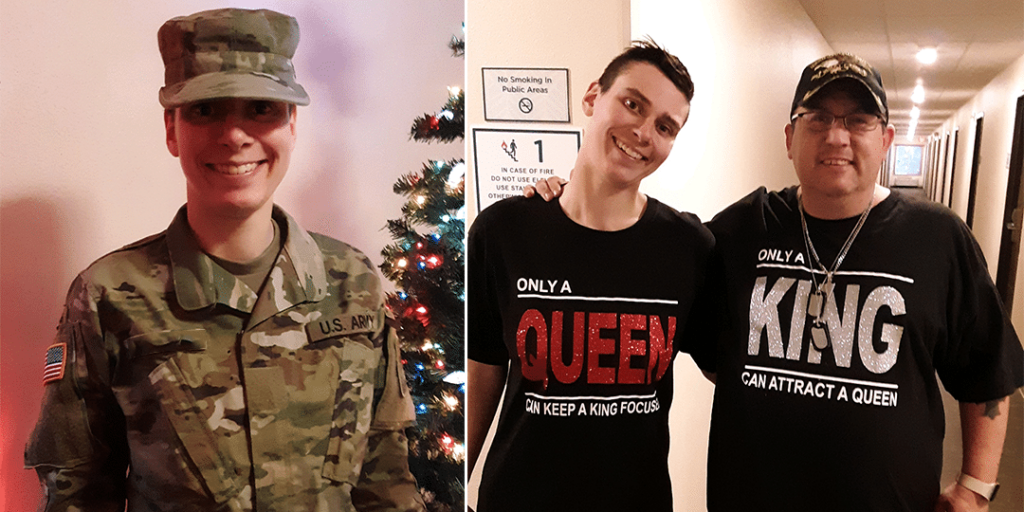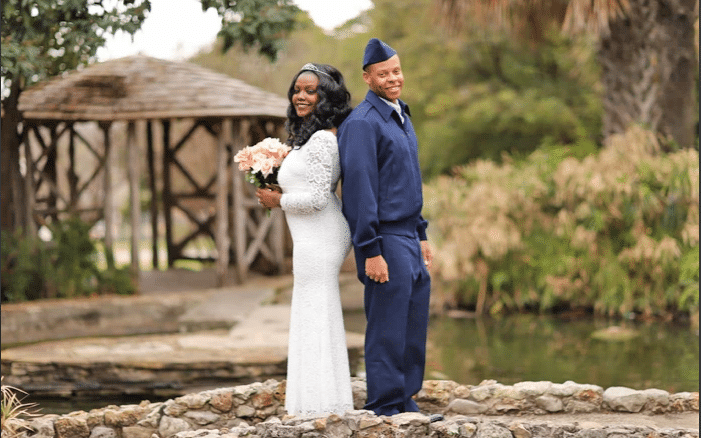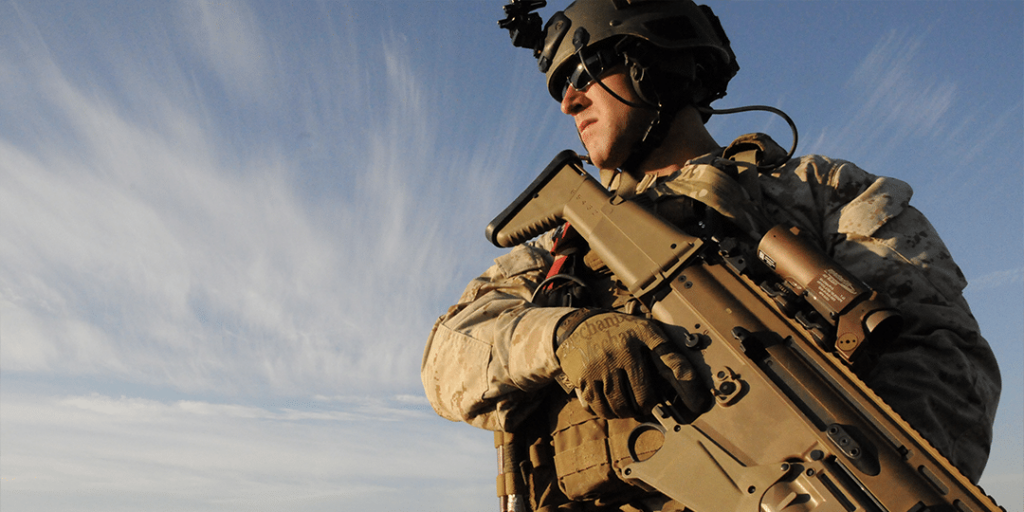
- The App
- Sandboxx News
- Resources
Learn
- Company
About
Become a Partner
Support
- The App
- Sandboxx News
- Resources
Learn
- Company
About
Become a Partner
Support
What is a dual military marriage? Honestly? A tricky adventure for active duty couples. When you’re in the military, it can feel like a constant...
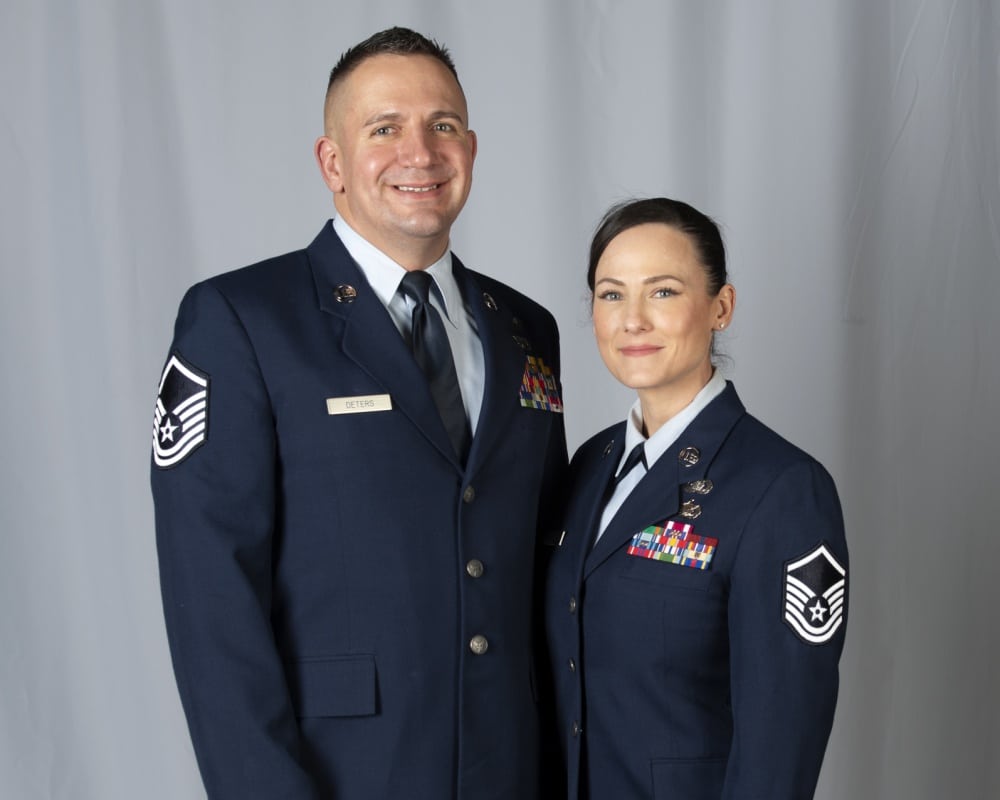
What is a dual military marriage?
Honestly? A tricky adventure for active duty couples.
When you’re in the military, it can feel like a constant juggling act. Throw in a spouse who is also active duty military alongside you, and it may feel like a circus at times.
Even though the military will treat you as an “independent” when it comes to assignments, PCS moves, etc., you’re still a couple who has to make decisions together.
On one hand, you both understand the unique situations of military life. On the other hand, it can make for some challenging decision making. With a combination of patience and communication strategies, though, dual-military marriages can thrive.
This post will offer insight into what a dual military marriage looks like and what to expect when it comes to housing, family plans, and military requirements.
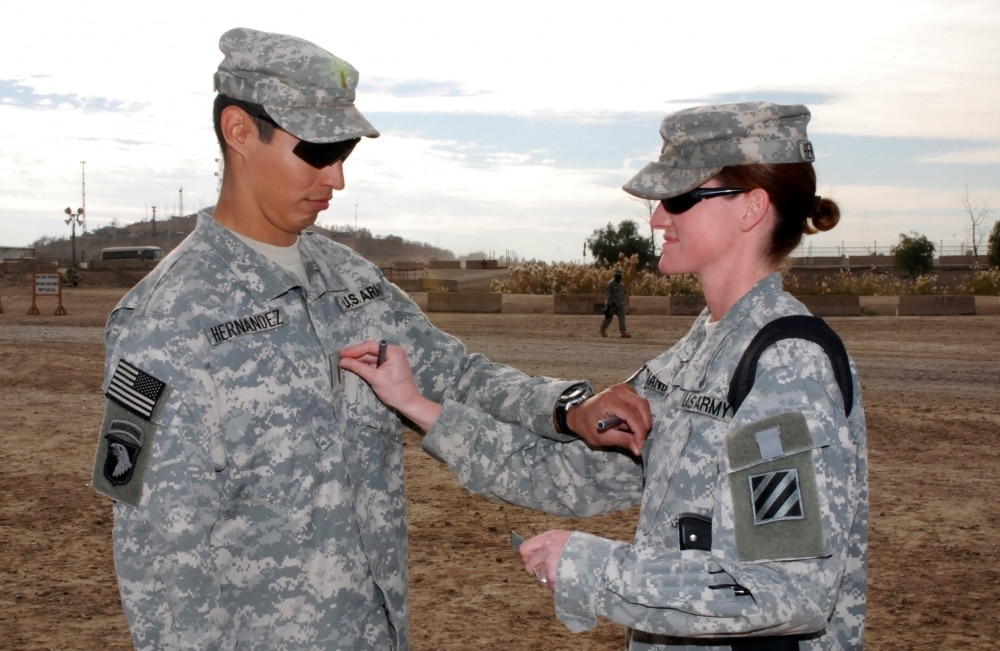
Military life is unique on so many levels, but most notably for the amount of time you’ll spend away from home and your loved ones. The cost of adventure and a rewarding career is the time away. As long as you join together in union with realistic expectations, it will prepare you for the road ahead.
A few important considerations for dual military marriages:
While these may seem undesirable and uncomfortable, sometimes the call to serve is greater. By keeping open lines of communication with your spouse, you can decide together what works best for your couple goals. Plus, you’ll also have to meet military marriage requirements — like filling out special paperwork — as required by your branch.
What can help get you through this challenging lifestyle? Regular communication, flexibility, reliability, and clear goals. Building a strong support system is also a must, especially if you have a young family, too.
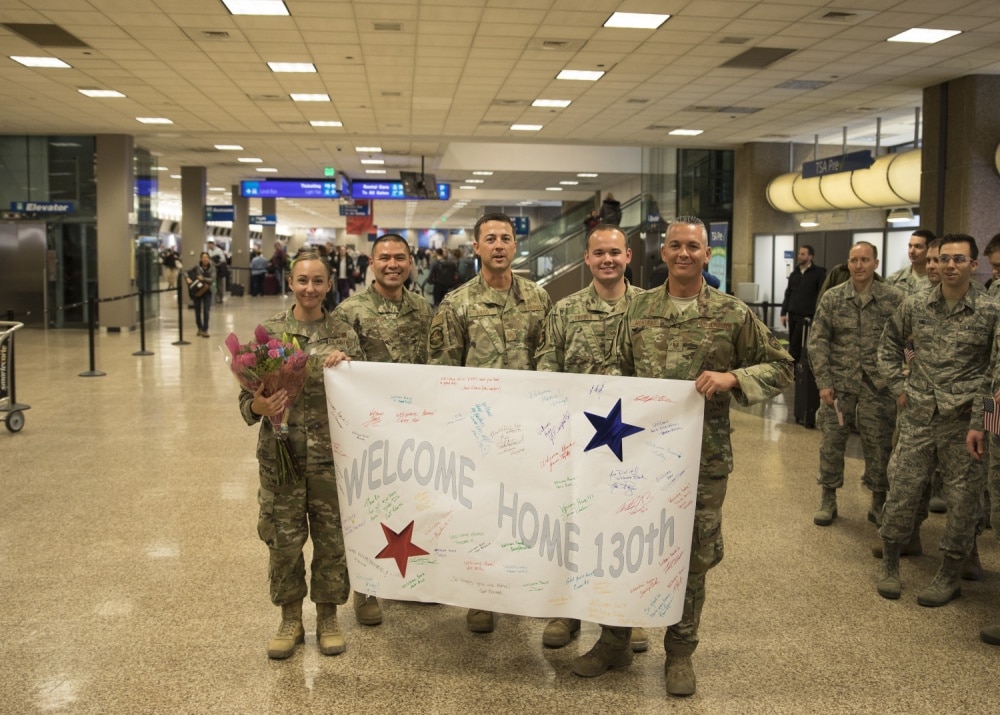
Deployments are one of the constants in military life. In a dual military marriage, though, it can feel like you’re both constantly deployed. The reality is that you will probably spend more time apart due to different deployments cycles.
Good to know: If both spouses are deployed at the same time, only the senior member will be allowed to collect the Family Separation Allowance. It’s paid when separated from dependents for longer than 30 days due to military orders.
Unfortunately, being stationed together is not guaranteed, but all branches have a form of a Join Spouse program that tries to keep spouses together or within 100 miles of each other. That way you’ll actually have the potential to see one another on off-duty days.
One of the biggest challenges — especially if you have kids — is how rapidly roles may change in dual-military homes. Responsibilities fall on the spouse who isn’t deployed, which makes communication and flexibility two important factors in dual-military marriages.
Good to know: Both married spouses receive the military single-rate Basic Allowance for Housing (BAH), but only one will receive the dependent increase for children.
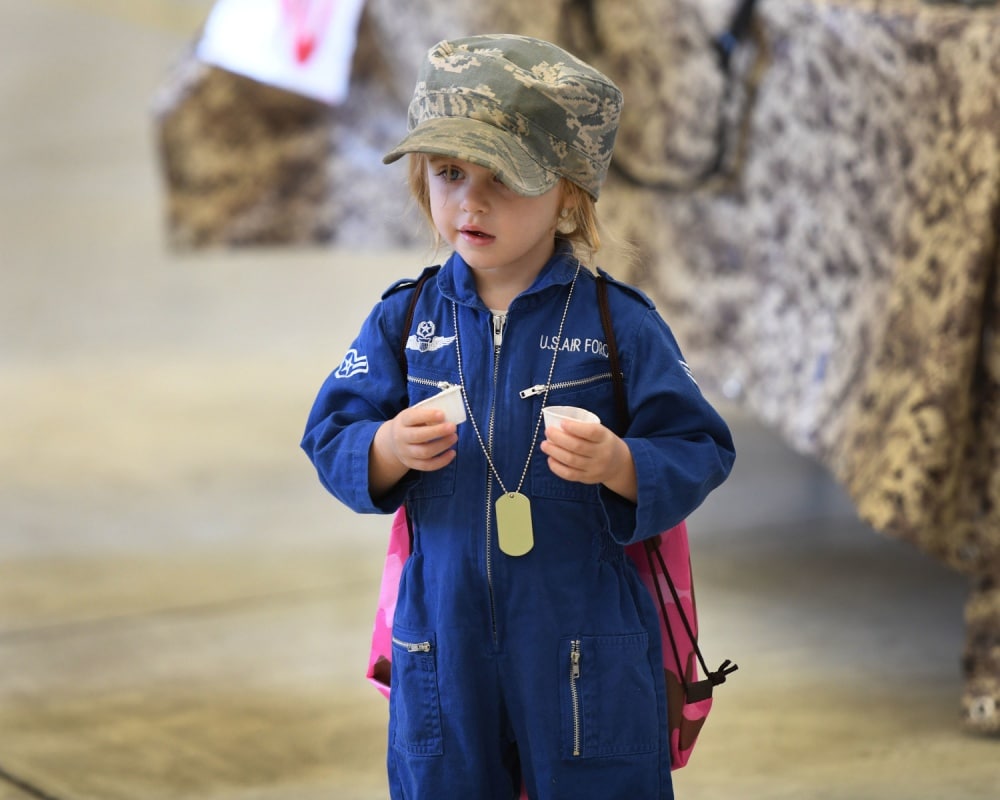
One of the toughest parts of being a dual military marriage is the toll it takes on the family. While it always means there’s an exciting adventure around the bend for the kids, it doesn’t make for the most stable of environments.
All branches require that military couples with children create a “family care plan.” While the requirements may vary slightly from branch to branch, the plan will outline exactly how the children will be cared for if both parents deploy.
Good to know: It’s important to note that failure to create a plan may result in discharge for one or both of the parents.
If you and your spouse are both planning on a career in the military, it’s possible — just a bit tricky. One of the benefits? You’ll both be eligible for your own retirement perks, which can be a huge blessing if you retire early.
Not to mention, you’ll always have a steady paycheck coming in!
As far as challenges, there are a few. One spouse’s career may have to take the backseat due to location, opportunity, or other conflicts. Like to catch up at the end of the day? It may be tough to discuss your day with your other half as you may not be able to talk about work due to security clearances. You may also have to deal with being compared to each other if serving in the same branch and/or position.
Good to know: If you decide both of you serving as active duty isn’t working out the way you hoped, you can always opt to go civilian or Reservist upon the end of a contract.
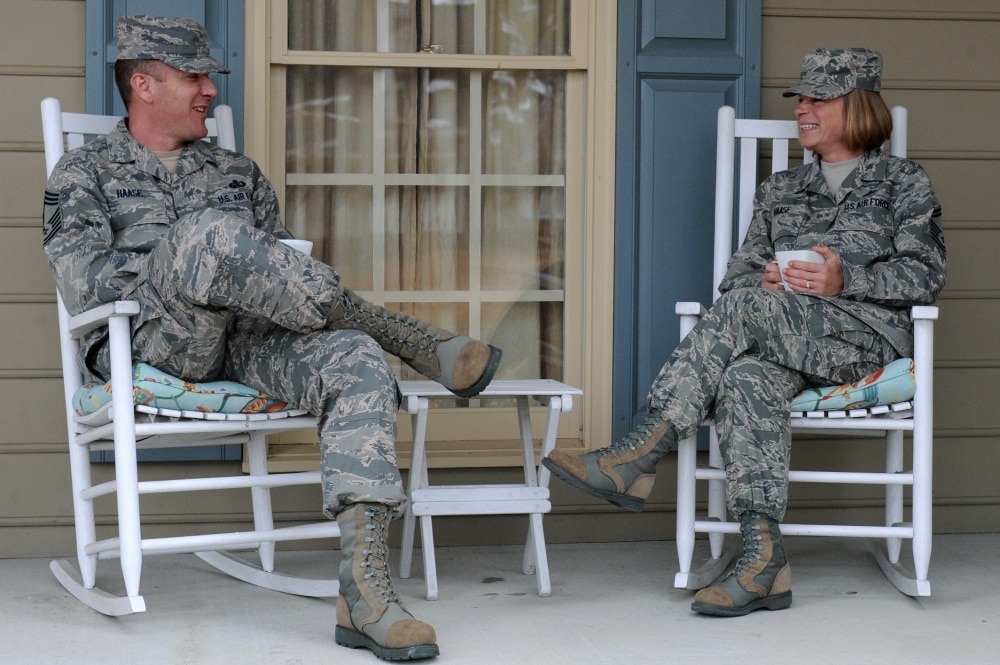
So, you may be wondering, “Are there any actual benefits to being in a dual military marriage? Other than being hopelessly in love and getting to experience adventures together, there are actually a few other benefits:
While a dual military marriage may be a challenge, it also affords you a unique relationship that can further strengthen your love for your country and your other half.
Want more guidance and resources for a successful dual military marriage? Check with your military installation to see if there is a couples program you can work through together.
Are you in a dual military service marriage? How do you navigate it? We’d love to hear your advice in the comments below!
Feature image courtesy of U.S. Air Force. Photo by Airman 1st Class Emily Farnsworth



